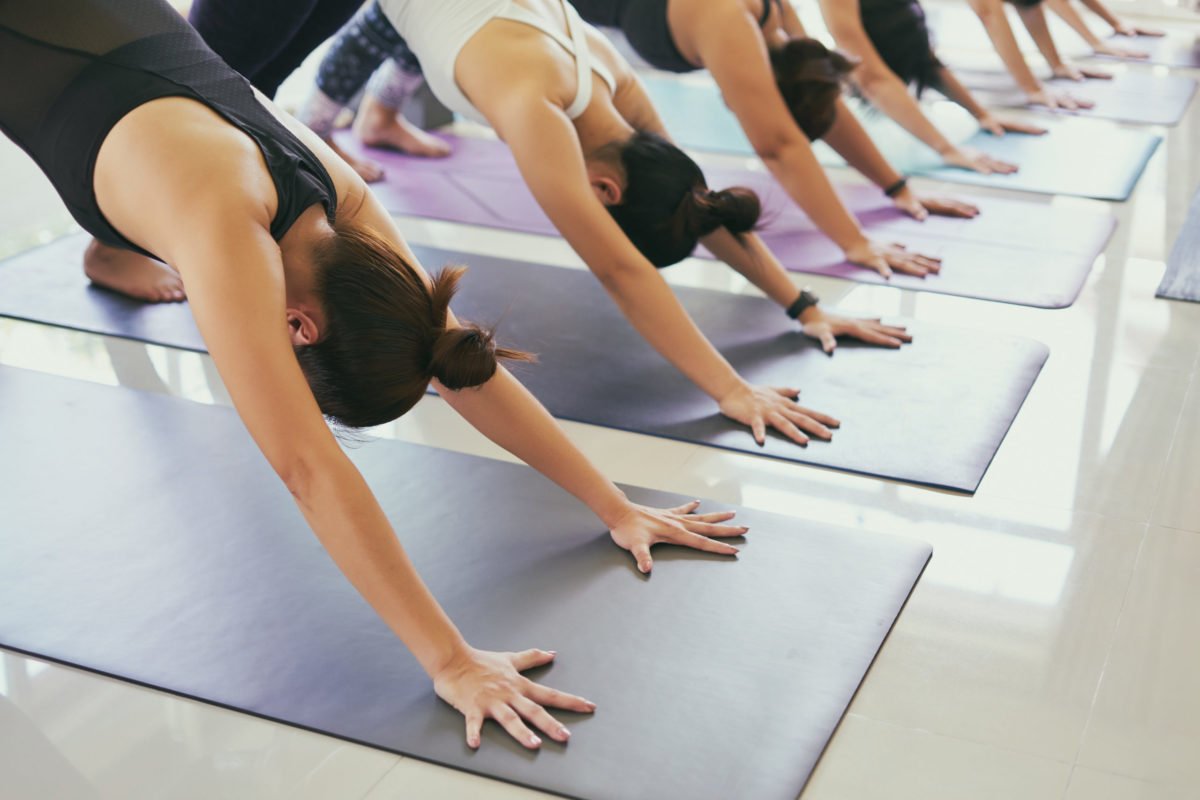As with any business, before opening a gym you’ll need to do ample research and planning to set yourself up for long-term success. By investing the time to gain a thorough understanding of the fitness industry and the inherent challenges that come with starting a gym and being a new business owner, you’ll be able to put strategic plans in place to help you navigate foreseeable obstacles, mitigate risk, increase profitability, and keep things running smoothly.
Before opening a gym, start by asking yourself the following questions:
- What is my mission?
Your mission will drive everything you do—in fact, it’s why you do what you do. Spend ample time developing your mission statement as you want to make sure it reflects your goals as a business owner and resonates with your target audience. - Who is my target audience?
Defining your target market is crucial as it will drive your marketing strategy and marketing materials. While you may be tempted to try to reach everyone, your gym won’t be a perfect match for them all. Instead, try to narrow things down by using demographic data. - What products and services will I offer?
Will your fitness center offer nutrition coaching and personal training services? Will you sell your own supplements or branded apparel? Is there a medical or rehabilitative aspect to your gym? Consider the entire spectrum of products and services you’re able to offer as this is a great way to generate additional revenue streams beyond memberships alone. - What is the personality of my fitness center?
The personality of your fitness center will shape how you communicate across all boards—from how you communicate with staff, members and potential clients to the tone that’s used on your social media pages and in your marketing materials.
You must decide how you want others to feel about your fitness center. Do you want to be thought of as modern and upbeat, or would you prefer to be considered more traditional?
Next steps
Once you’ve answered the questions above, you’re ready to start working on your business plan and thinking about marketing materials.
- Decide on a name
First impressions matter, so the name you pick for your fitness center is of the utmost importance. You’ll want to consider what potential customers may think when they hear your business name as that can ultimately be the deciding factor between whether or not they visit your gym.
You’ll want to pick a name that’s unique, yet easy to remember. You’ll also want to make sure the domain name for the business is still available online. - Design your logo
A good logo should be clear, recognisable, unique and memorable. Pick colours that complement your mission and philosophy, and a graphic that matches your fitness center’s personality. Ideally your logo should also include your business name so it becomes top-of-mind as soon as others see it. - Create a website
A website is the center of your online presence, and one of the best tools to establish your fitness brand. A website is the home base that connects everything—it’s where you can display your mission, promote your fitness center, provide information about your products and services, link your social media accounts, and build credibility.
When you build your website, it’s important to keep your target audience in mind. Consider what tone, imagery and layout will be most appealing to them. You’ll also want to ensure it’s well-designed, easy to navigate, mobile-responsive, and SEO friendly. - Create your business plan
A business plan is a written document that describes how a company defines objectives, as well as how the business owner plans to achieve those goals in order to build a successful gym. An effective business plan will guide you through the phases of starting, managing and growing your fitness center. Think of your business plan as a blueprint for decision-making based on company goals and objectives and a way to keep your team on the same page and moving in the right direction.
Having a strong business plan will help you better understand the fitness industry and the inherent challenges you can anticipate as a new business owner, learn more about your competitors and how to differentiate yourself, serve as a guide to grow your fitness center, help you reach company goals and milestones, assist in securing funding, and more.
Set your fitness center up for success
Opening a gym and being a new business owner will require you to wear many hats and juggle various responsibilities, many of which can be laborious and time consuming. One of the best ways to build a successful gym is to start with a solid framework and management software system in place to help streamline administrative tasks, improve communication and collaboration, simplify membership management, and more.
To learn if EZFacility is the right software solution for your fitness center, click here to schedule a free personalised product tour today.









